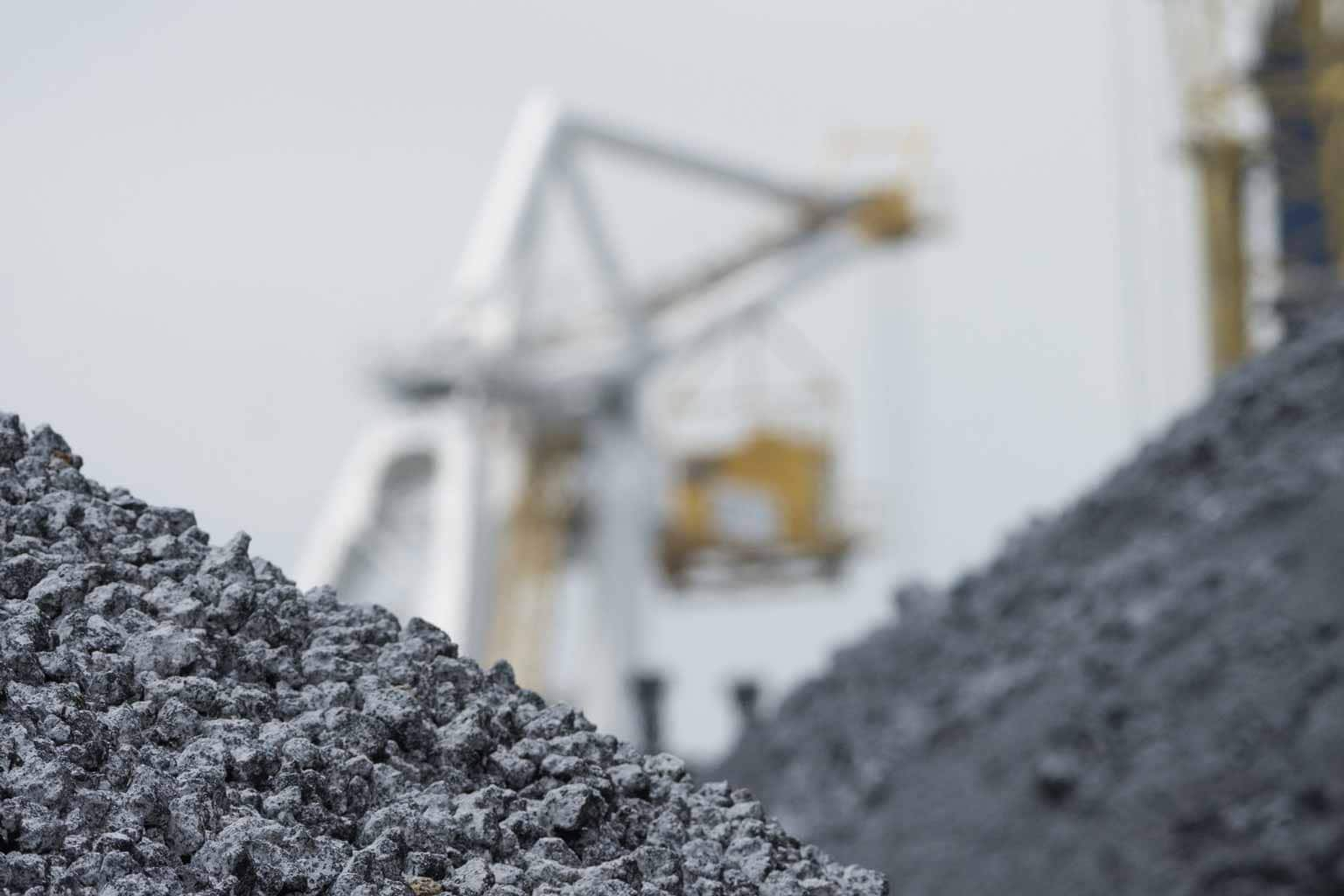This is an update on our
previous trade recommendations to buy Lynas Corp (ASX:LYC), a company that explores, mines and produces rare earth minerals.
Australia-based Lynas still remains in a pivotal position as it is only miner and processor/producer of rare earths worldwide outside of China.
As we said in March, in a world of heightened geopolitical tensions, a non-Chinese supplier has a significant competitive advantage for manufacturers and businesses wishing to diversify supply chains away from China, making it a supplier of choice for non-Chinese customers.
On Monday (May 20), Lynas revealed plans to develop rare earths separation capacity in Texas together with Blue Line, a US rare earths processor. This is a strategic move as trade tensions ratchet higher and speculation that rare earths could be weaponised grows. The company also announced on Tuesday (May 21) at its investor day that it will spend AU$500 million by 2025 to build up its operations in Western Australia in order to transition cracking and leaching away from Malaysia.
Trade tensions continue to escalate, and negotiations have entered a more dangerous phase, but the market continues to underestimate the geopolitical risk. The trade war is obviously not the only driver of equity market returns but it could be a key decider in whether the S&P 500 ends the year higher or lower.
The uncertainty paralyses decision making for multinational companies, burdens capex intentions and forces supply chains to be unravelled in order to remove risk. The assumption among most participants is that a deal will eventually be reached, this could still be the case, although it is likely a long way off. Given the trajectory of the rhetoric a G20 deal would be nothing short of a miracle. On that basis we stand by
previous observations that it would be complacent to rely on the hope of a deal as an appropriate risk management strategy.
It has become ever more apparent that trade is a sideshow for a long-running economic conflict and battle for tech dominance and hegemony. We first visited this last year, where we
highlighted that there was an increasing probability of a “cold war” emerging fought through technological supremacy. The
tech cold war has now begun, as the US moves to blacklist China’s tech champions, and rare earths could be in the crosshairs of China’s retaliation.
Last week Chinese President Xi Jinping’s visit to a rare earths mining base in China was no accident and was meant to send a message to the US. This has fuelled speculation that the strategic materials will soon be weaponised as China may exercise its dominant status in the rare earths industry.
Rare earths are crucial for a number of high growth, high-tech commercial industries including hybrid and electric vehicles, renewable energy (wind turbines), energy-efficient lighting, advanced electronics, military devices, chemicals, and medical equipment. Without rare earths a number of high-tech industry applications would not be viable. Take the iPhone as an example: screens are polished with lanthanum and cerium and within the phone is a magnet made with neodymium and praseodymium.
As demand for magnetic materials grows Improved pricing for REO is expected to continue, benefitting Lynas. Permanent magnets, containing NdPr which Lynas is the second largest producer of globally, are a key enabler of electric vehicle technology, wind turbines, automation, electronics and medical equipment
